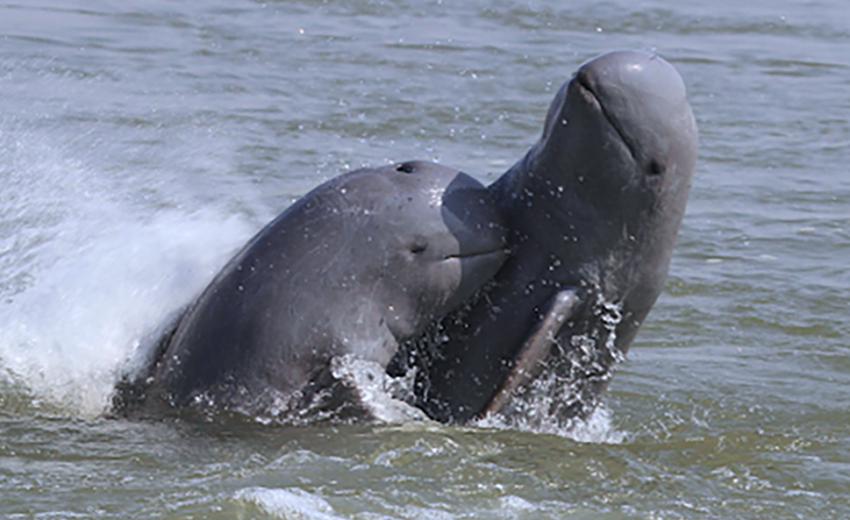The shy Irrawaddy dolphin is a rare sight to behold indeed. These cetaceans can be found throughout the Indo-Pacific region, from the Philippines to northeastern India. They also
- Zoology
- Daily Critter Facts
- For Teachers
- Study Guides
- Diseases & Parasites
- Contact

